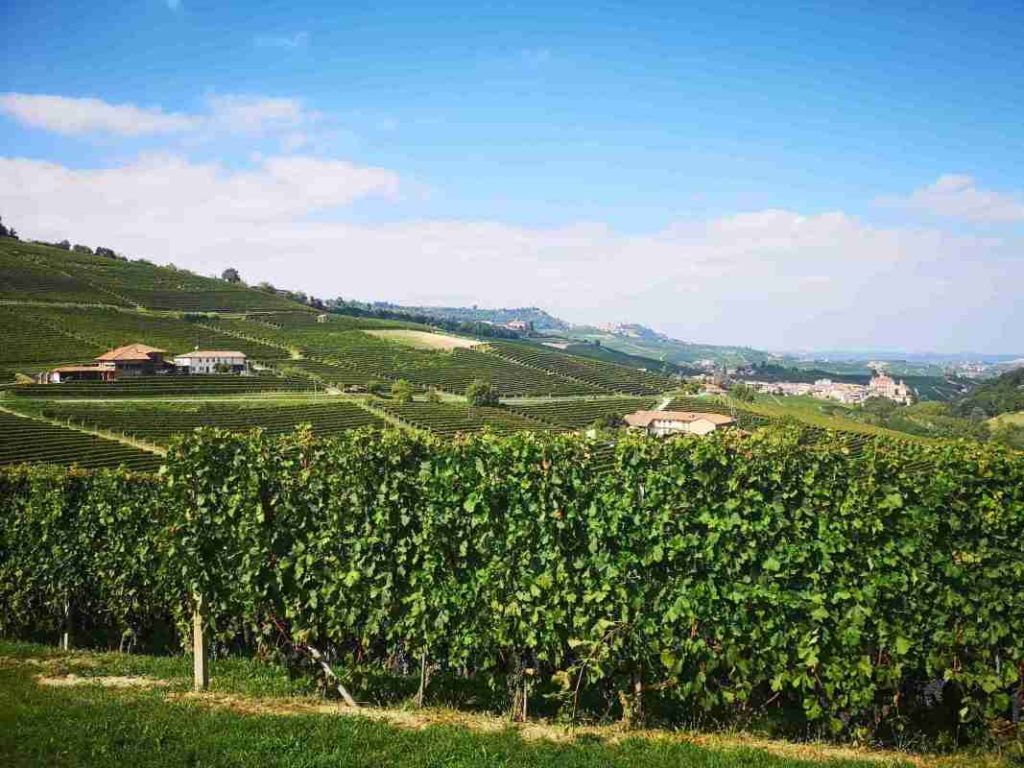Articles
WineFacts Piedmont wines guide
WineFacts Piedmont wines guide
Along with Tuscany, Piedmont (or Piemonte), carry Italy’s top-shelf wine scene over its shoulders.
We’re talking contemplative wines from legendary plots of land and Piedmont not only has a prestigious terroir; it has its own set of prime-quality grapes to craft true masterpieces.
Larger-than-life Barolo and Barbaresco, extraordinary values from Lange and Roero, and even fun and lively sparkling wines make Piedmont’s vast repertoire a real treat for all palates and budgets.
Here’s a guide about wines of Piedmont.
The foggy hills of Langhe and Monferrato
Piedmont is located in the northwestern corner of Italy, as its name suggests, at the feet of the Alps, bordering France.
The Po River divides the region, and it’s in its south where some of the best Italian wines are born.
The rolling hills across the Langhe and Monferrato ranges offer excellent sun exposure for wine grapes to thrive, as the valleys below them are often covered in fog. ‘Nebbia’ as the locals call fog, gave the famous Nebbiolo grape its name.
With Nebbiolo leading the way, Piedmont is a red wine region, but white and sparkling wines are worth seeking out.
Untouched through time
Celtic and Ligurian tribes inhabited this piece of land in ancient times until the Romans took it for themselves. After the fall of the Roman Empire, Frank and Germanic tribes populated the region.
Viticulture was elevated to another level at that time, as the unmistakable pristine terroir for high-quality wines was exploited by all the cultures that called Piedmont home through the ages.
Finally, the House of Savoy brought peace and prosperity to the region which is why Piedmont has many similarities with the French Alpine way of life.
Grapes and wines
The holy trinity of Piedmont’s red grapes comprises Nebbiolo, Barbera and Dolcetto. Although Nebbiolo is the most esteemed variety, it only occupies the finest, selected vineyards.
Piedmont’s most planted grapes are Barbera (31%), Moscato (22%), Dolcetto (13%), and Nebbiolo (10%), although there are over 20 varieties planted in the area.
With 17 DOCGs and 42 DOCs, Piedmont has more protected wine styles than any other Italian wine region, and all wine is top notch, there are no IGP designations.
For the most immersive experience into Piedmont’s wines, start with a crisp, medium-bodied glass of the Arneis white grape. It’s one of the most respected in the region, and you can see why by tasting a Baracco de Baracho Roero Arneis DOCG.
There’s nothing like Barolo for game meat and hearty stews. Made with Nebbiolo, these wines are uncontested worldwide.
Diego Conterno Barolo DOCG with bright aromas of tar and roses over a rustic palate is a splendid example. Also, the Virna Borgogno Barolo Cannubi Boschis DOCG from the most important plot in the denominazione: it’s a real treasure.
Lighter bodied reds are delightful. Both the Diego Conterno Dolcetto d’Alba DOC and the Bricco Maiolica Dolcetto di Diano d’Alba represent the quality of the better-valued red grapes.
Piedmont is overwhelming; still welcoming
Piedmontese winemakers craft wines worthy of any wine collection, but also beautiful wines for everyday enjoyment.
Red, white, and sparkling wines can both be contemplative or accessible and friendly. Amongst all these wines, there’s one thing in common — the innate quality of the most esteemed terroir in Italy.
